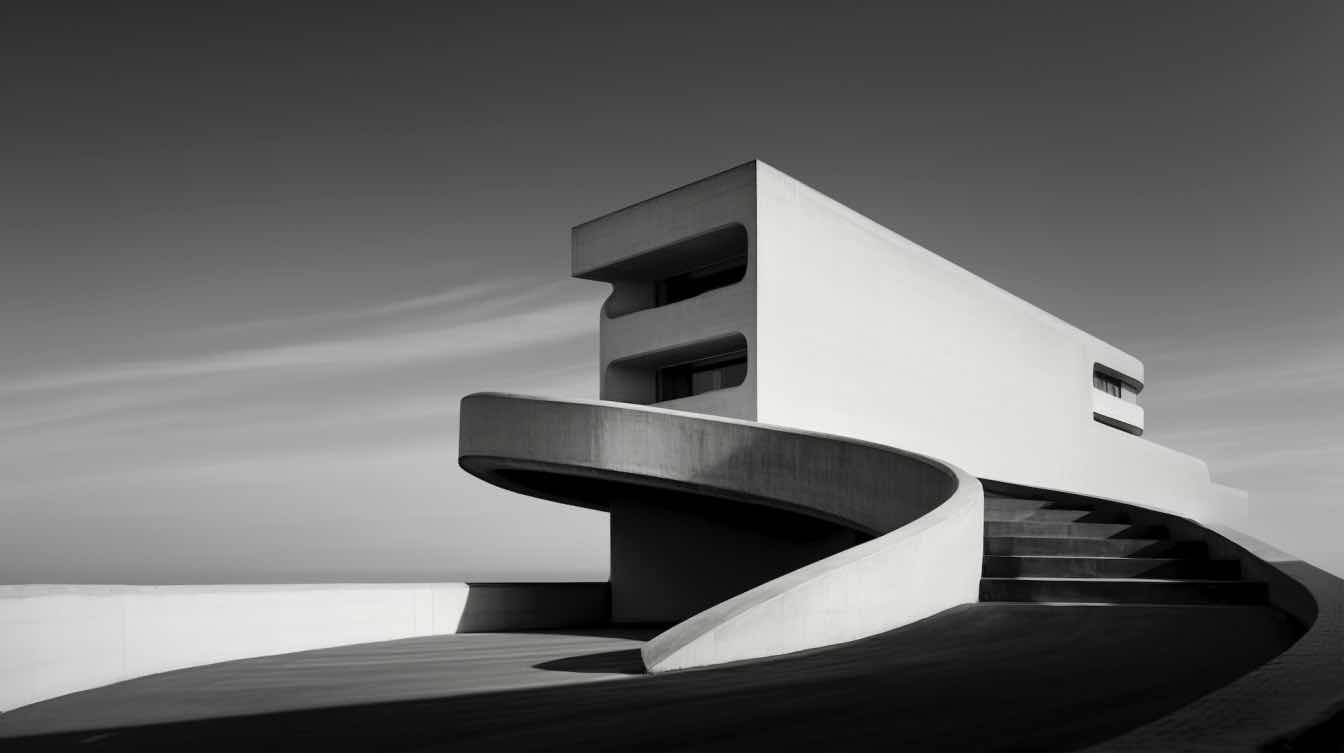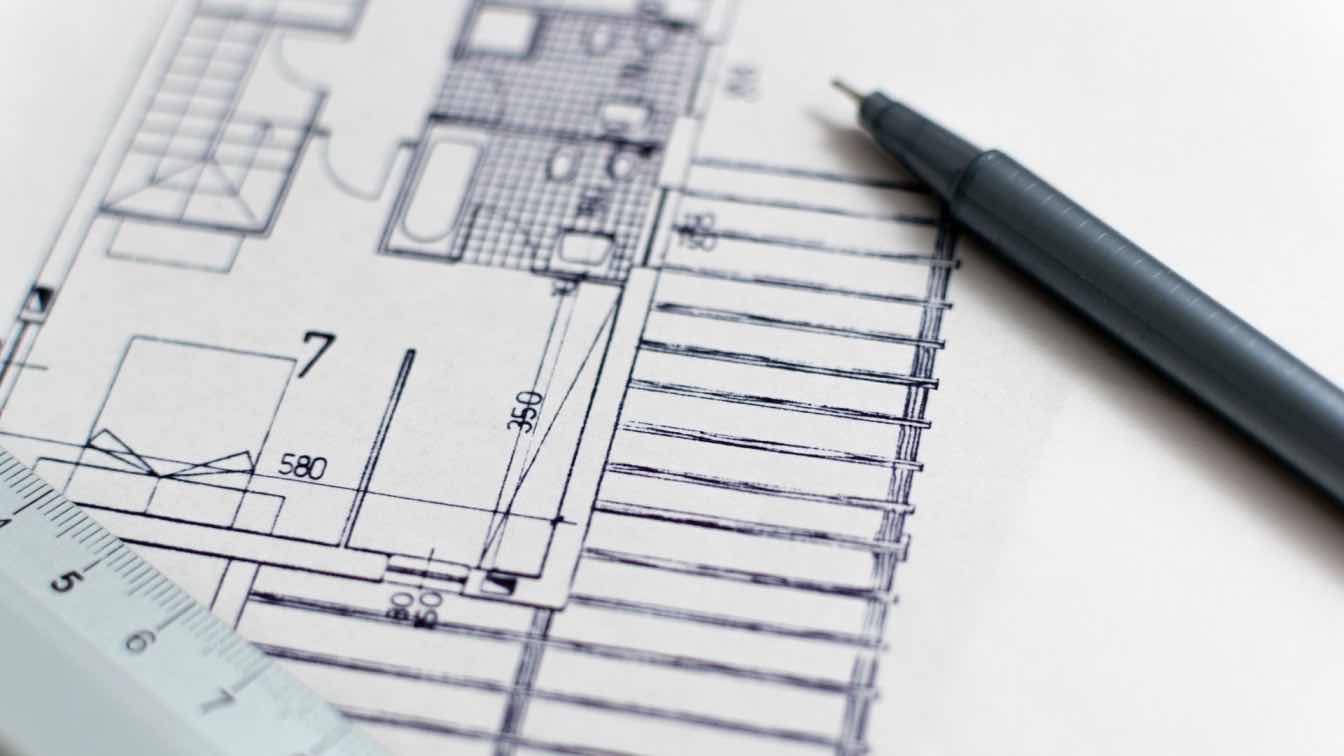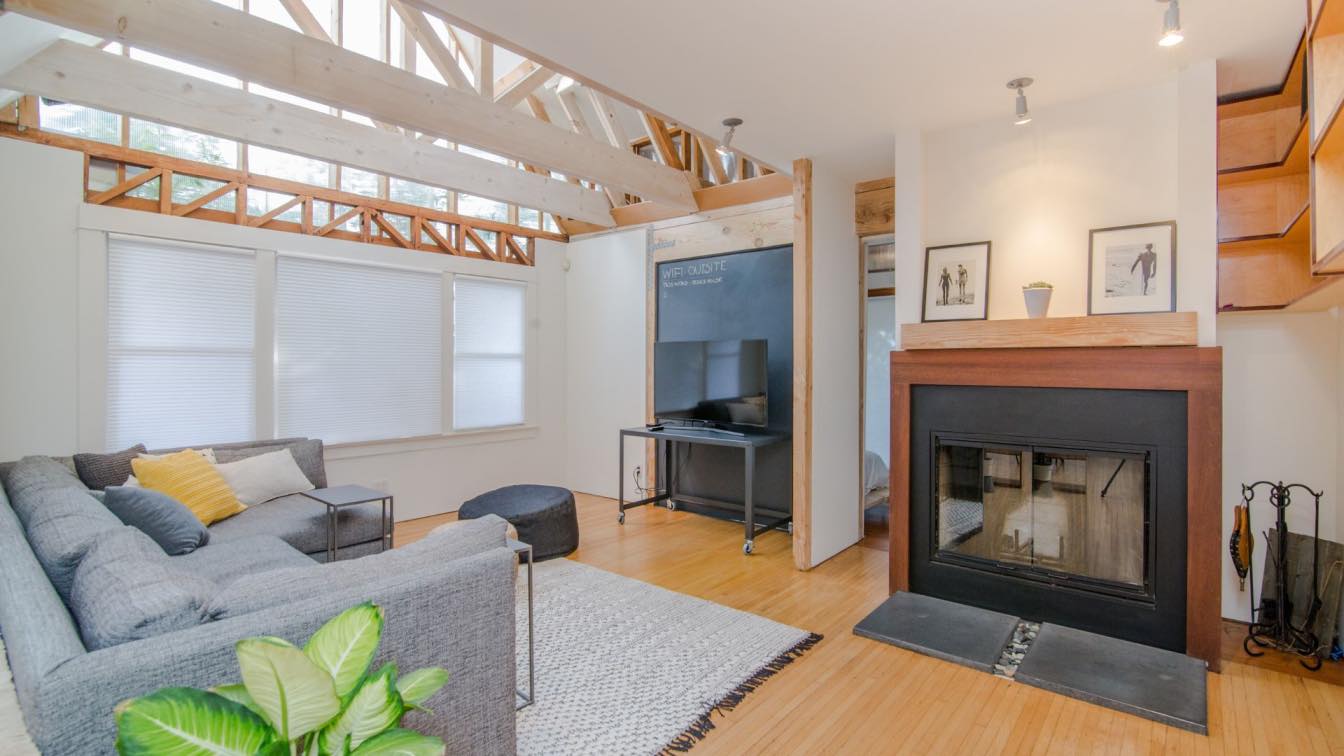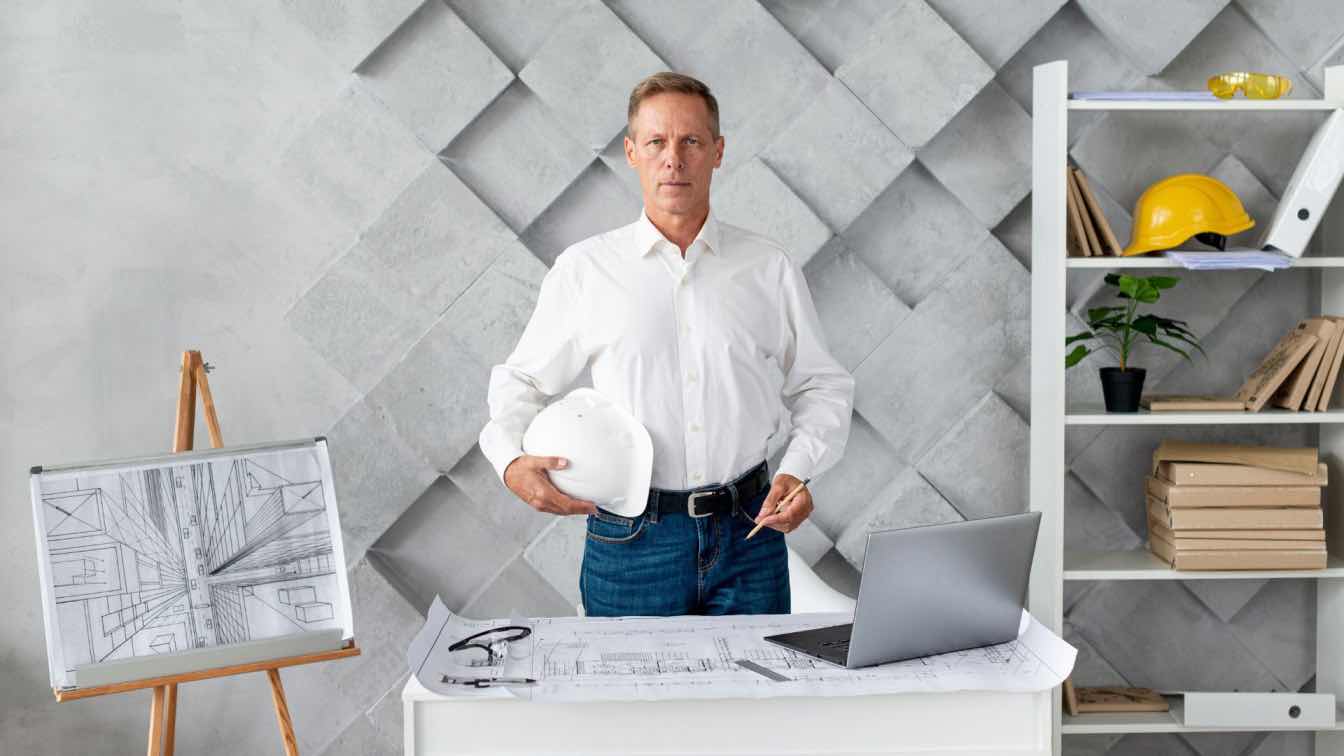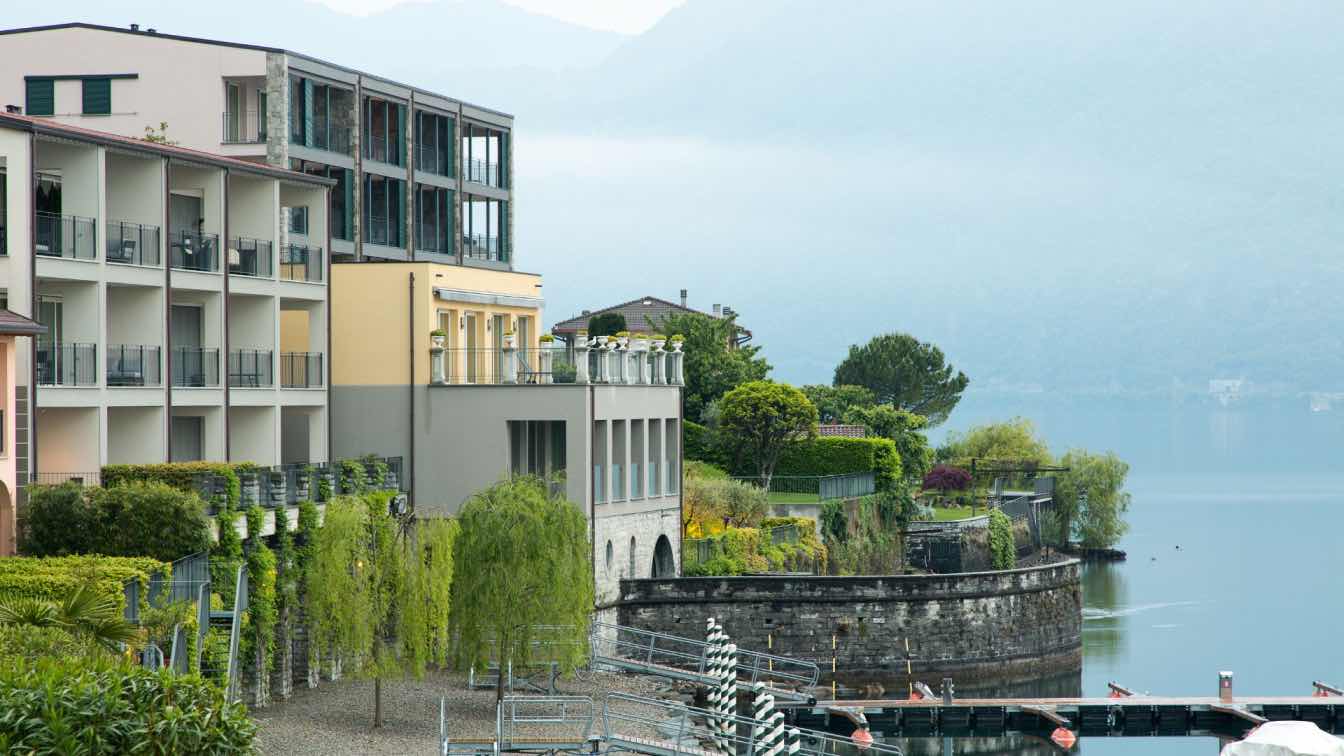Architecture photography is a fascinating blend of art and science, capturing the essence of man-made structures through the lens. Whether you're snapping pictures of ancient cathedrals, modern skyscrapers, or charming townhouses, the goal is to convey the aesthetic and functional qualities of the architecture. This guide will walk you through the steps to capture stunning architectural photos, ensuring your images stand out.
Understanding Your Subject: Research and Appreciation
Before you even pick up your camera, take the time to understand the architecture you'll be photographing. Research the history, purpose, and unique features of the building. A deep appreciation of your subject will help you capture its essence and tell its story through your photos.
Historical Context: Knowing the era in which the building was constructed can give you clues about its design principles.
Architectural Style: Familiarize yourself with different styles (e.g., Gothic, Baroque, Modernism) to better capture their characteristics.
Notable Features: Identify key elements like structural innovations, ornamental details, and the building's relationship with its surroundings.
Choosing the Right Equipment: Cameras and Lenses
While you can capture great photos with almost any camera, certain equipment can enhance your ability to shoot stunning architectural images.
Camera: A DSLR or mirrorless camera with high resolution will allow you to capture intricate details.
Lenses:
Wide-Angle Lenses: Ideal for capturing the full scope of a building.
Tilt-Shift Lenses: Correct perspective distortions often encountered in architecture photography.
Prime Lenses: Offer superior sharpness and are useful for capturing details.
Tripod: Essential for stability, especially in low-light conditions.
Mastering Composition: Lines, Shapes, and Perspectives
Composition is crucial in architectural photography. It’s about arranging the elements within your frame to create a balanced and engaging photo.
Leading Lines: Use lines within the architecture to guide the viewer’s eye through the photo.
Symmetry and Patterns: These can create visually pleasing and harmonious images.
Perspective: Experiment with different angles—shooting from low angles to emphasize height or from a distance to capture the structure in its environment.
Framing: Use natural frames like doorways or arches to add depth to your photos.
Playing with Light: Golden Hour, Blue Hour, and Artificial Lighting
Lighting can make or break your architecture photos. Understanding how to work with different types of light is key.
Golden Hour: The period shortly after sunrise or before sunset. The warm light creates long shadows and highlights textures.
Blue Hour: The time just before sunrise or after sunset. The soft blue light adds a serene quality to your images, ideal for urban landscapes and buildings with artificial lighting.
Artificial Lighting: Night shots lit by streetlights or interior lighting can add drama and a different dimension to architectural photos. Use longer exposures to capture the glow.
Editing for Impact: Post-Processing Tips and Software Recommendations
Post-processing is an integral part of modern photography. It allows you to enhance your photos and correct any imperfections.
Software: Use programs like Adobe Lightroom and Photoshop for professional-grade editing.
Basic Adjustments: Focus on exposure, contrast, highlights, and shadows to bring out the best in your images.
Perspective Correction: Tools like the Transform panel in Lightroom can help correct any distortion.
Color Grading: Subtle adjustments can enhance the mood and style of your photos.
Collection Ideas: Analyzing Stunning Photo Collections
To get inspired and improve your skills, analyze collections of stunning architectural photos.
Online Portfolios: Explore the work of renowned architecture photographers.
Photo Books: Invest in books that showcase the best in architecture photography.
Social Media: Follow architecture photography hashtags on platforms like Instagram and Pinterest.
Furthermore, there's Etsy and Society6, which offer a wide variety of prints and posters featuring professional photography. There you can take a look at the By Popular Demand Photos collection, and other similar ones to get an idea of what sells the most and how to replicate it. That way, you can better understand the current trends and styles in architecture photography.
Practical Tips and Tricks: Finding Unique Angles, Dealing with Weather, and More
Here are some additional tips to elevate your architecture photography:
Unique Angles: Don’t be afraid to climb higher, crouch lower, or explore different vantage points to find a unique perspective.
Weather Considerations: Different weather conditions offer various opportunities. Overcast skies can reduce harsh shadows, while rain can add reflections and a dramatic mood.
People in Architecture: Including people in your shots can provide scale and tell a more complete story of the building's use.
Patience: Sometimes the perfect shot requires waiting for the right moment, whether it’s the right light, fewer crowds, or an interesting event.
Mastering architecture photography is a journey of continual learning and experimentation. Keep exploring, practicing, and refining your techniques. Every building has a story to tell, and with the right approach, you can capture it beautifully.
Ready to put these tips into action? Grab your camera and start exploring the architectural wonders around you. Happy shooting!

